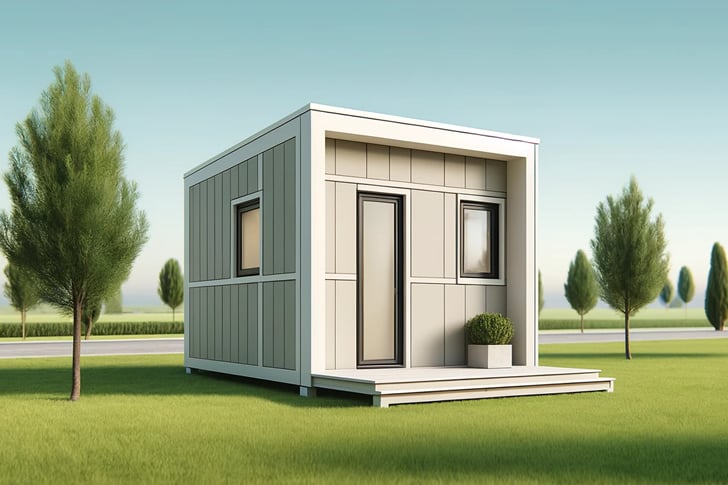How to Get a Cheap Prefab ADU Accessory Dwelling Unit
An Accessory Dwelling Unit (ADU), commonly referred to as a secondary house or granny flat, is a small residence that shares the building lot of a larger, primary house. Prefab ADUs are manufactured offsite and delivered ready to install, offering a streamlined approach to property development. These structures serve various purposes such as housing for extended family, a rental opportunity, or extra space for home offices. This article explores strategies for securing a prefab ADU that aligns with your budget and planning requirements without compromising on quality.

Understanding the Basics of Prefab ADUs
Prefab ADUs are built in factories and then assembled on-site, which can significantly reduce construction time and labor costs. They come in various sizes and layouts, from small studios to two-bedroom dwellings. The cost of prefab ADUs varies based on materials, size, and the manufacturer’s pricing structure but is generally considered a lower cost alternative to traditional home construction due to the efficiency of the manufacturing process.
Step 1: Define Your Needs
Before exploring the options available, clearly define what you need from an ADU. Consider the purpose of the dwelling unit, the amount of space needed, and where on your property it will be located. This clarity will help you avoid paying for unnecessary features or space that doesn’t serve your long-term goals.
Step 2: Research and Select a Manufacturer
Start by researching different manufacturers who specialize in prefab ADUs. Look at their portfolio of past projects to gauge the quality of their work and read reviews to assess customer satisfaction. Contact multiple companies to discuss your project and request quotes for various designs that meet your specifications. This will give you a broader understanding of the pricing landscape and help you identify a provider who offers the best value for your specific needs.
Step 3: Plan for Additional Costs
While the prefab unit itself might seem reasonably priced, additional costs such as delivery, installation, foundation construction, utility connections, and possibly site preparation need consideration. Some manufacturers include these services in their pricing, while others do not. Obtain a detailed breakdown of all potential costs to get a realistic estimate of the total investment required.
Step 4: Secure Financing
Financing an ADU can be challenging as not all financial institutions offer loans for these structures. Home equity loans or personal loans might be viable options. Some manufacturers also provide financing plans, which could be more convenient but may carry higher interest rates. Compare the terms offered by different lenders and financing options to ensure you choose a solution that aligns with your financial situation.
Step 5: Navigate Zoning Laws and Permits
Local zoning laws can significantly impact the feasibility of building an ADU on your property. Contact your local planning office to understand the specific regulations and restrictions. This step is crucial as non-compliance can lead to costly legal issues and delays. Once you have a clear understanding of the legal requirements, obtain the necessary permits before commencing construction.
Step 6: Prepare the Site
Site preparation varies widely depending on the current condition of the land where the ADU will be placed. It might involve clearing land, leveling, and ensuring that there is adequate access for large delivery trucks and cranes. These tasks might require hiring local contractors, which adds to the overall cost but is essential for ensuring a smooth installation process.
Step 7: Installation and Final Touches
Once the prefab unit arrives, installation generally takes a few days to a few weeks, depending on the complexity of the unit and site preparation. After installation, inspect the unit thoroughly to ensure everything is up to standard and that all utilities are functioning correctly. Consider adding landscaping or external features to integrate the ADU with your main property aesthetically and functionally.
Conclusion
Securing a prefab ADU is a complex process that requires careful planning and attention to detail. By understanding your needs, selecting the right manufacturer, preparing for additional costs, and navigating financing and zoning regulations, you can manage the project effectively. Remember, the goal is to create a new living space that enhances your property’s value and utility without straining your finances. Patience and thorough preparation are your best tools in making your prefab ADU project a success.







Recent Comments